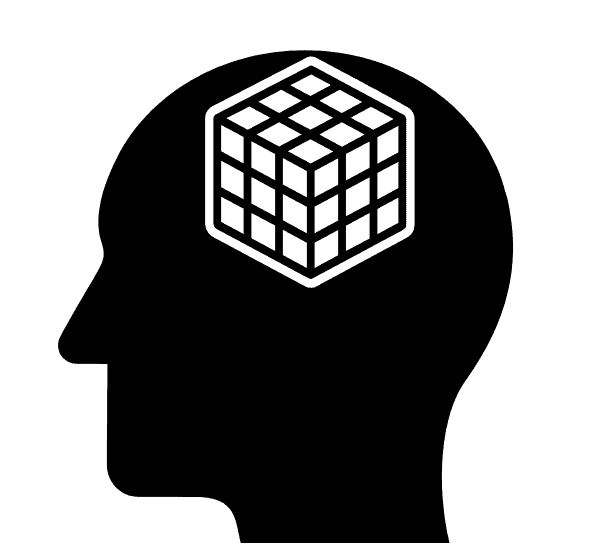Implicit Learning
In the Neural Almost Gate, I was focused on learning explicit knowledge, I mostly ignored the learning of sensory and motor skills.
Implicit skills include:
- Habituation, learning to ignore stimuli that don’t require a response
- Personal preferences like food choices
- Riding a bike
- Playing a guitar

Not that implicit learning is unimportant, just outside the scope of facts and knowledge, which were the focus in the Almost Neural Gate discussions.
In watching Thad Polk’s excellent Great Course on The Learning Brain, I realized that, because I didn’t make clear the distinction between explicit learning of knowledge and implicit learning of skill sets, some facets of implicit learning could muddy the understanding of my learning explanations. Hence this post.
Differences between Implicit and Explicit Learning
Implicit learning occurs unconsciously and below the level of the brain that uses words. It occurs without conscious effort and typically we can’t explain how we perform the skill (like playing a music instrument), yet we can use the skill.
A distinction between the two types of learning is that implicit skills relate to immediate sensations and to bodily movements that is performed automatically, while explicit knowledge are categorizations of reality that we can describe and consciously decide which behavioral response to hopefully meet our goals and avoid our fears.
Although their roles are different and learning takes place in different regions of the brain, they rely on quite similar neurotransmitters to achieve short and long-term potentiation, the mechanisms of learning.
Implicit learning doesn’t use the advanced cortex to develop its skills; however, its cortical connections suggest that it informs the frontal lobes that it is handling such immediate reactions.
Implicit learning is used to satisfy immediate demands, while explicit learning helps us satisfy goals which may conflict with immediate desires (like sugar now or desire for weight loss). As anyone who has struggled with immediate desires and long-term goals knows, there is a communication between the implicit and the explicit.
| Implicit | Facet of Implicit | Explicit | Facet of Explicit |
| Unconscious | Can’t describe | Conscious | Verbal access |
| Skillsets of actions and reactions | Near immediate physical reality | Facts, Knowledge, Theories | Abstractions that we use for goals |
| Implicit short-term learning | Alters midbrain neurotransmitter efficacies | Explicit short-term learning | Alters cortical neurotransmitter efficacies |
| Implicit long-term learning | Alters midbrain’s number of active synaptic sites | Explicit long-term learning | Alters cortical number of active synaptic sites |
Language
Language learning require both implicit and explicit mechanisms. The physical performance of speaking as well as the ability to convert auditory vibrations into words is learned implicitly, but the thoughts to be spoken rely on knowledge categories we have explicitly learned.
Your parents and family helped you with learning skills, by insuring you had the proper situations to learn from. How do you ensure that your explicit knowledge is broad, accurate, and useful? Types and Certainty of Knowledge has useful pointers.
Although implicit learning is certainly important, but the only thing we can control is our conscious processing and information store.


